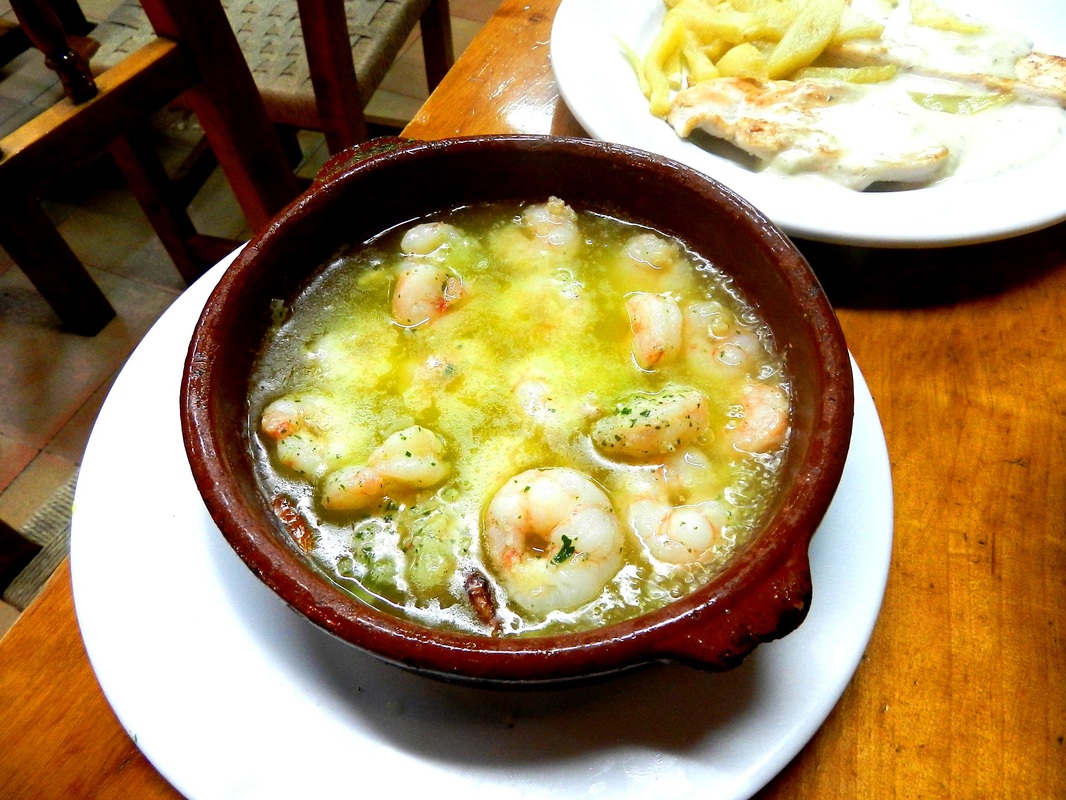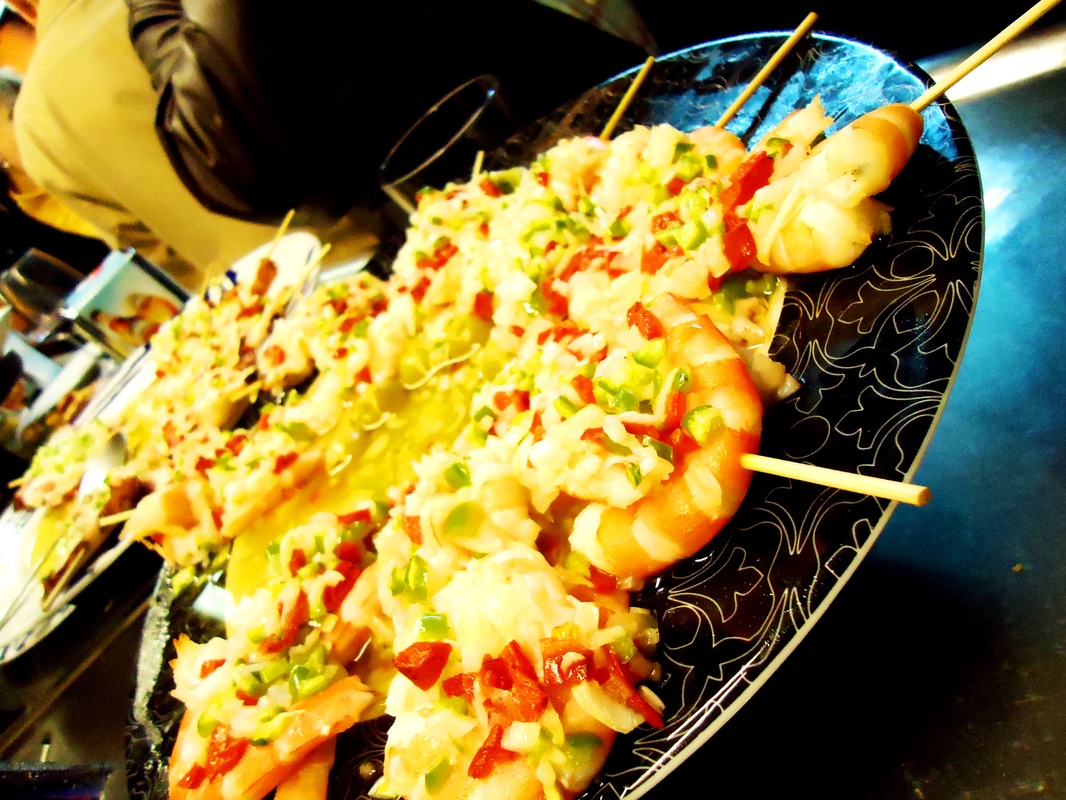First, a short update on what I've been up to -- currently recovering from the short 2-day trip to Budapest that I did last weekend (more on that on a coming blog post) while also prepping for another trip for this coming weekend, an official one, this time to Spain... in the Basque country (up in the northern Atlantic coast, near the French border). Since I'm somewhat excited to do this trip (even if I've been there before, a couple of years ago), I'm writing a filler to share something which I'm looking forward to -- food-related, of course!
The Basque country (in particular, San Sebastian, one of its two main cities) is an important gastronomic center not just in Spain but also in Europe (boasting of being the city with the most Michelin-starred restaurants per capita in Europe) - a fact that manifests in their participation in developments on modern cooking (nueva cocina or cuisine nouvelle) that can be sampled in their fine-dining posh restaurantes as well as in more accessible food options such as pintxos - the Basque equivalent of the Spanish tapas.
Tapas could come in the form of cold snacks and bites like olives, charcuterie (like the much acclaimed spanish jamon), salads (especially ensalada russa which has a lot of mayo) and marinated anchovies (boquerones) or as hot preparations like grilled chorizo (sausage) or morcilla (black sausage), patatas bravas (fried potatoes with spicy sauce) or even small portions of classic main dishes like callos. In coastal places and, surprisingly, Madrid (which is land-locked), seafood figures in significantly in tapas from all sorts of shellfish (mejillones, almejas, labajas, etc.) to fried squid rings (calamares), shrimp (usually al ajillo or al pilpil, which is with peppers) and also fried fish.
In the Basque country, where they do things differently, the humble tapa is elevated into somewhat more elaborate or sophisticated and often colorful presentations. These are normally called pinchos (or pintxos, in Basque) because the portion is usually spiked with a toothpick or skewer onto a bread (pincho means spike, in Spanish). In a typical basque bar, cold pintxos are usually presented gracefully in serving platters on the bar table and one can simply point at their choice. Other hot selections would be written on the bar menu or on a chalkboard and will be prepared only upon request. Since a huge part of the region is coastal, some of the best and freshest seafood are often used for pintxos (favorites are bacalao or cod and txangurro or spider crab) as well as other choice ingredients like foie gras (duck liver, in French). I even tried a marinated fish egg once!
Pintxos go well with the usual Spanish pre-dinner drinks but especially with local favorites such as Txakoli (a local sparkling white wine that is normally poured at an elevation to aerate it) or with some choice red wines from La Rioja (in the nearby region of Vittoria). It's customary to have only one or two per bar (after all, these are just appetizers) and to go for dinner afterwards or to another bar (for more).
To the curious, pintxos and tapas offer a quick bite of not just the flavors of Spanish cooking but the flavors of Spanish local life, as well. Having a drink and going for these quick snacks work best with good company and good conversations - highlighting the real social value of eating and this is something that Spain is really all about.
Buen provecho!




 RSS Feed
RSS Feed